-

Field Notes from Tuscany: A Student’s Perspective on Archaeology Abroad
Senior anthropology major Paige Topping recently spent a month in Tuscany, Italy, working with the IMPERO Project at the Monteverdi Field School. In this Q&A, she shares her firsthand experiences of living abroad, working on an active archaeological site, and how this experience deepened her appreciation for the field of archaeology. What interested you in participating in this […]
-

New study reveals how breastfeeding mothers adapt to environmental stress
Can a mother’s body protect her breast milk even if she is malnourished? Yes. In her new study, Dual Behavioral–Physiological Buffering of Mothers’ Milk Facilitates Drought Adaptability of Pastoralists and Agropastoralists in Northern Kenya, Dr. Masako Fujita examines how environmental challenges—like drought—affect the nutrition and health of 221 breastfeeding mothers living in northern Kenya. “During a severe drought, […]
-
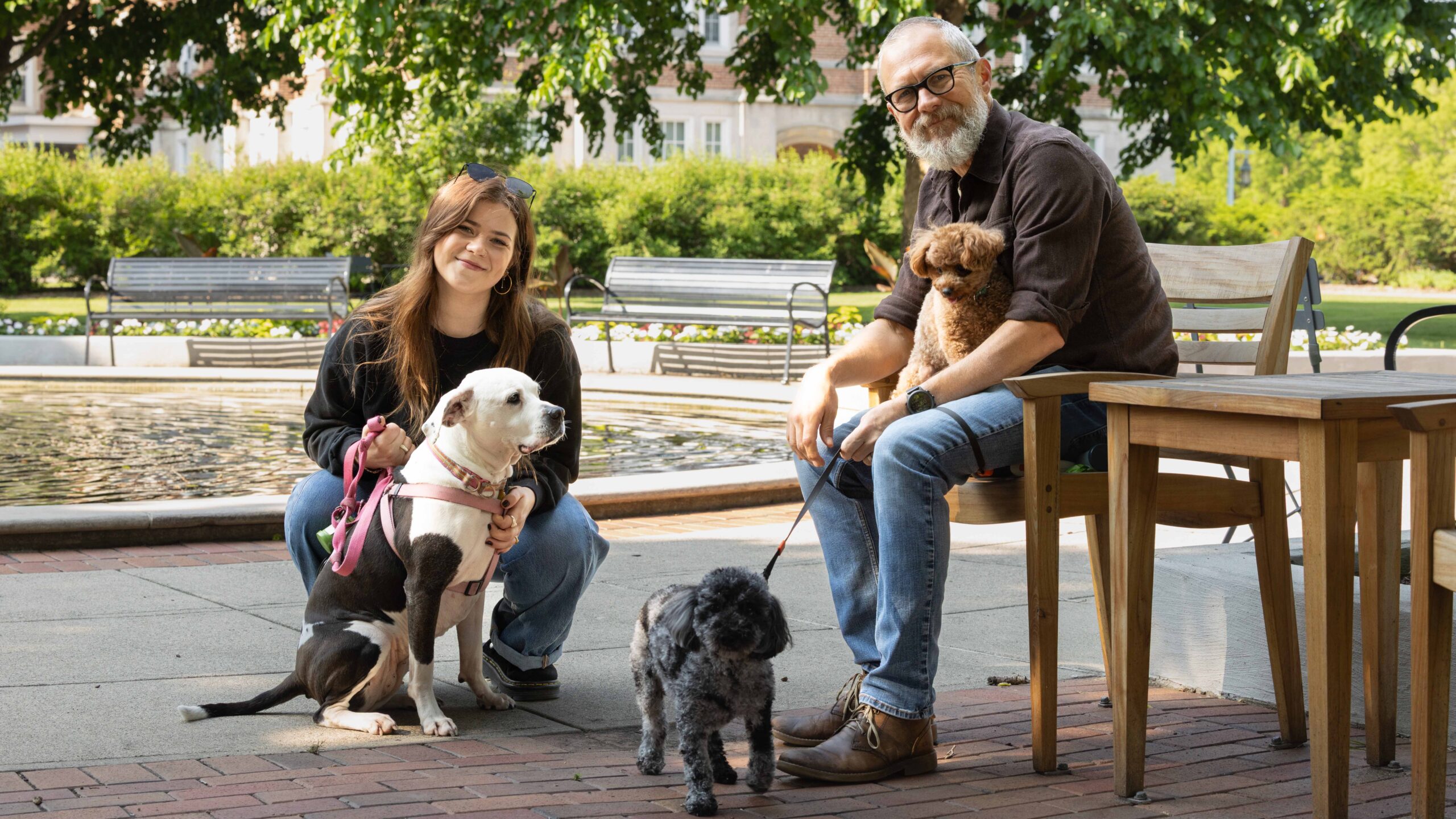
MSU helps advance efforts to reduce ligament injury in dog knee replacements
An unexpected collaboration between forensic anthropologists and veterinarians could help reduce ligament injuries during total knee replacement (TKR) surgeries in dogs. Dr. Joe Hefner, a forensic anthropologist, and Savannah Holcombe, a doctoral student at Michigan State University (MSU), partnered with researchers from MSU’s College of Veterinary Medicine and Cambridge Veterinary School to improve the accuracy […]
-

Anthropology researchers examine COVID-19’s ongoing impact on families and nations
A new open-access publication features the work of Dr. Heather Howard, associate professor of anthropology at Michigan State University, and MSU doctoral candidate Priyanka Jayakodi. The book, titled Covid’s Chronicities: From Urgency to Stasis in a Pandemic Era, examines how the COVID-19 pandemic has evolved from a global emergency to a state of chronic unpredictability. Drawing on […]
-
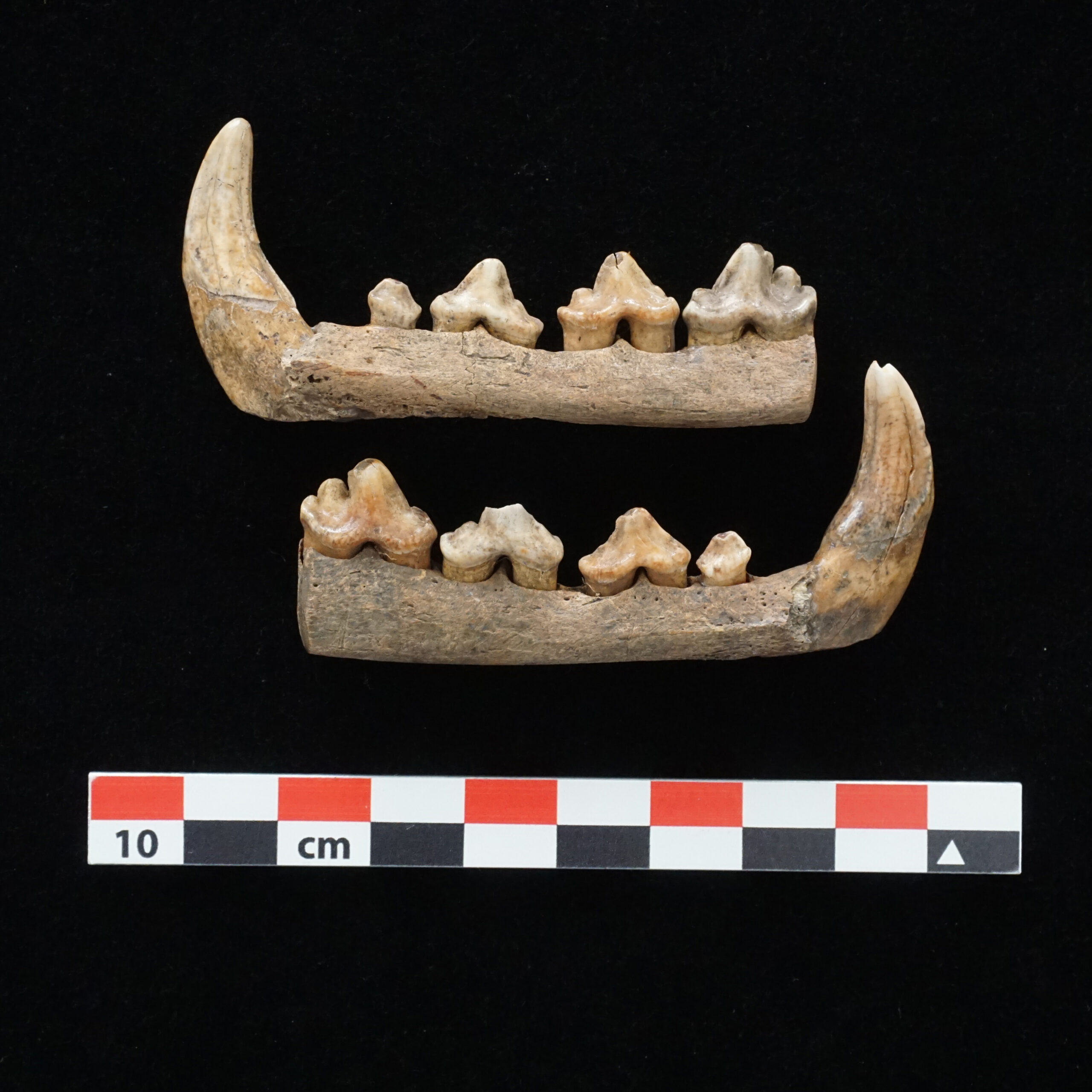
Discovery of ancient wolf mandibles links the Illinois Hopewell to Michigan
The discovery of two 2,000-year-old modified wolf mandibles has provided new insight linking the Illinois Hopewell to southern Michigan. Professor Emeritus Dr. William Lovis of the Department of Anthropology at Michigan State University and the late Maurice O. Haag published an article in Illinois Archaeology, “Cut and Polished Wolf Mandible Segments from the Quanicassee River Drainage, […]
-
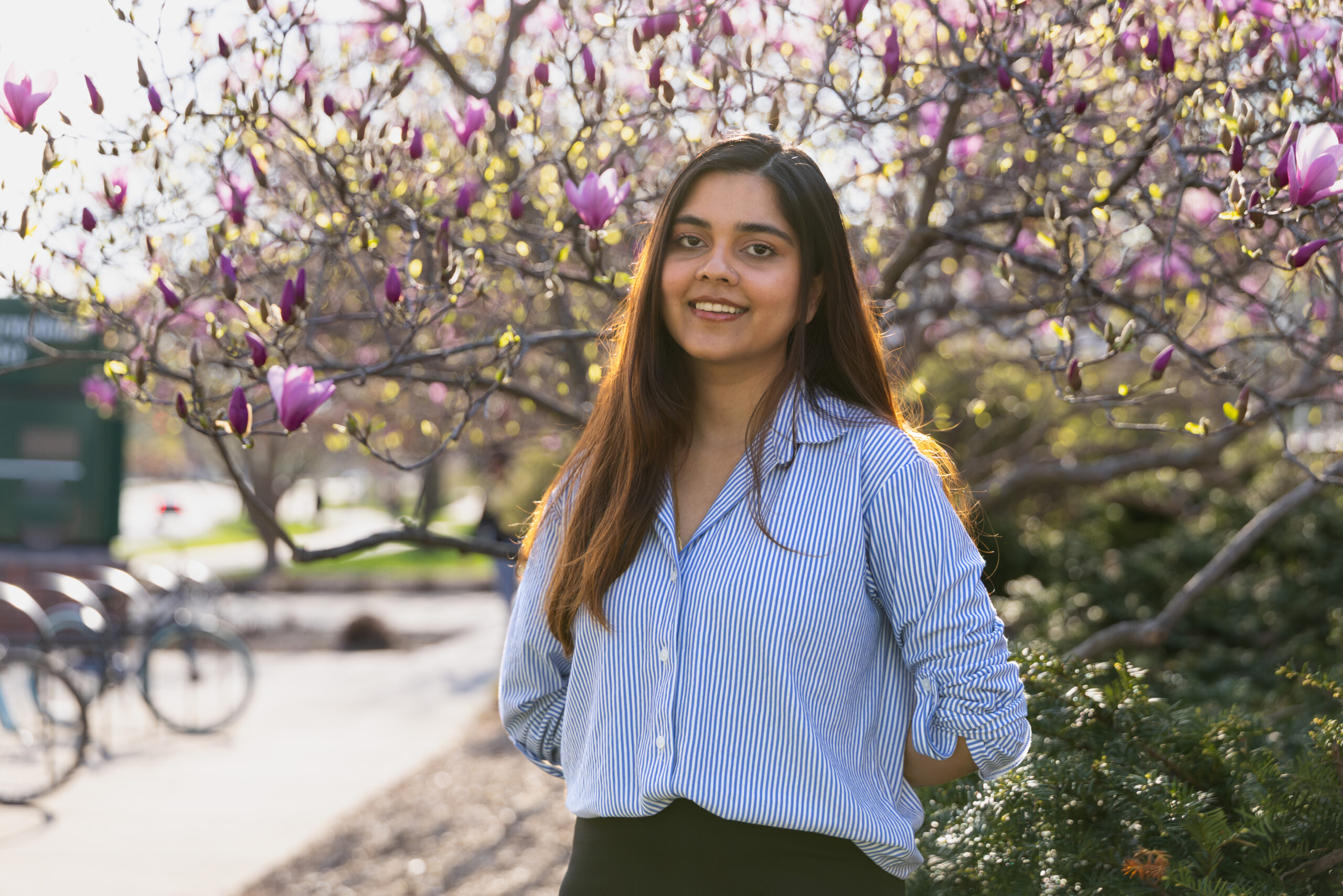
Anthropology doctoral student Gungun Islam wins Shao Chang Lee Award
Gungun Islam, an anthropology doctoral student, won first place in the 2024-2025 Shao Chang Lee Best Paper Competition. Islam said receiving this award was a ‘powerful reminder’ that her research is significant. “It’s rewarding to see my hard work, long hours of research, and emotional investment in the topic recognized in such a tangible way,” she […]
-
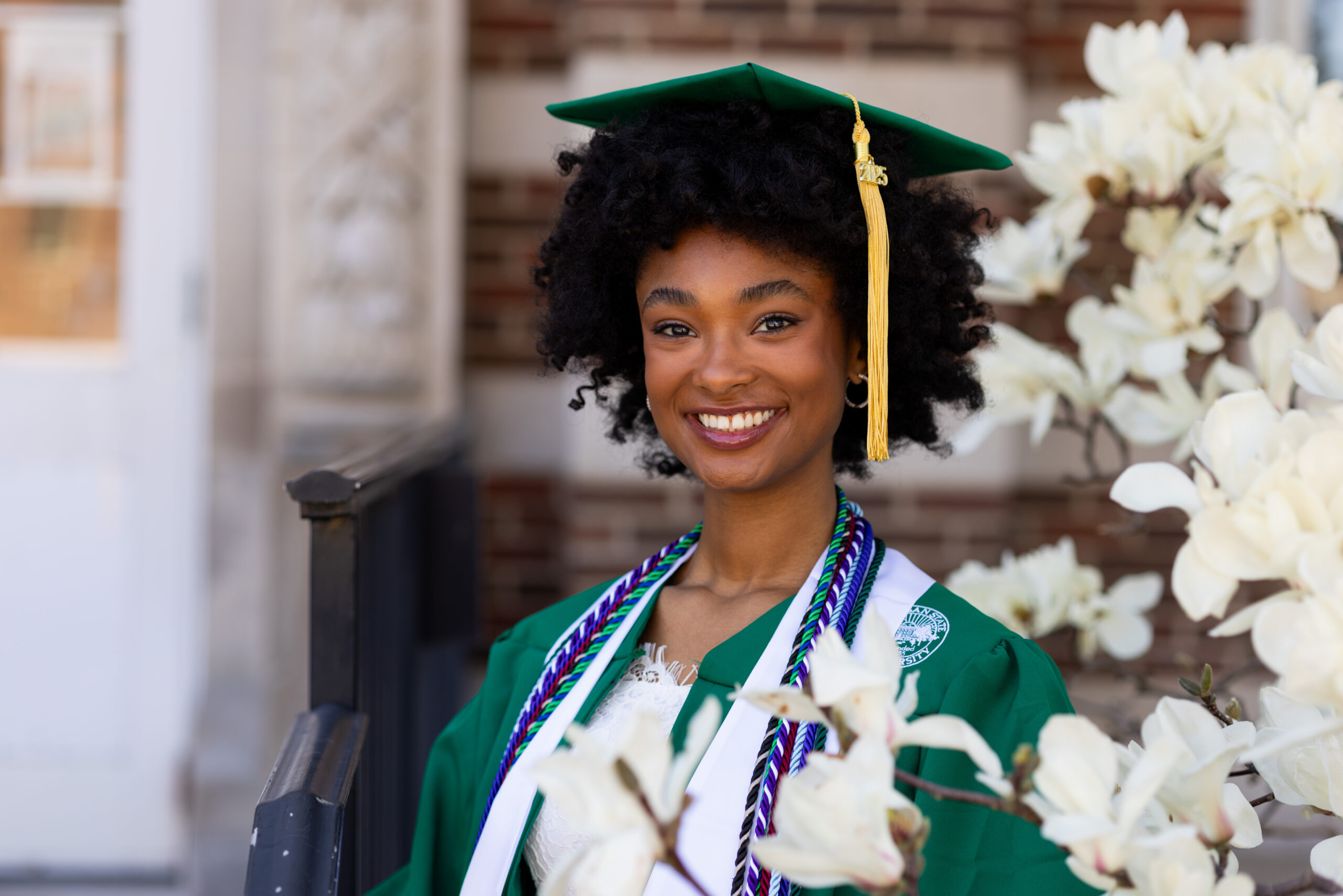
From Passion to Purpose: Adena Norwood’s Inspiring Journey to Commencement Speaker
It’s one of those rare warm and sunny days in early April when I meet Adena Norwood for the first time. The sky is perfectly blue, and for a minute, I remember why I enjoy living in Michigan. As I walk into a local East Lansing coffee shop, I hear the barista call Adena’s name. […]
-
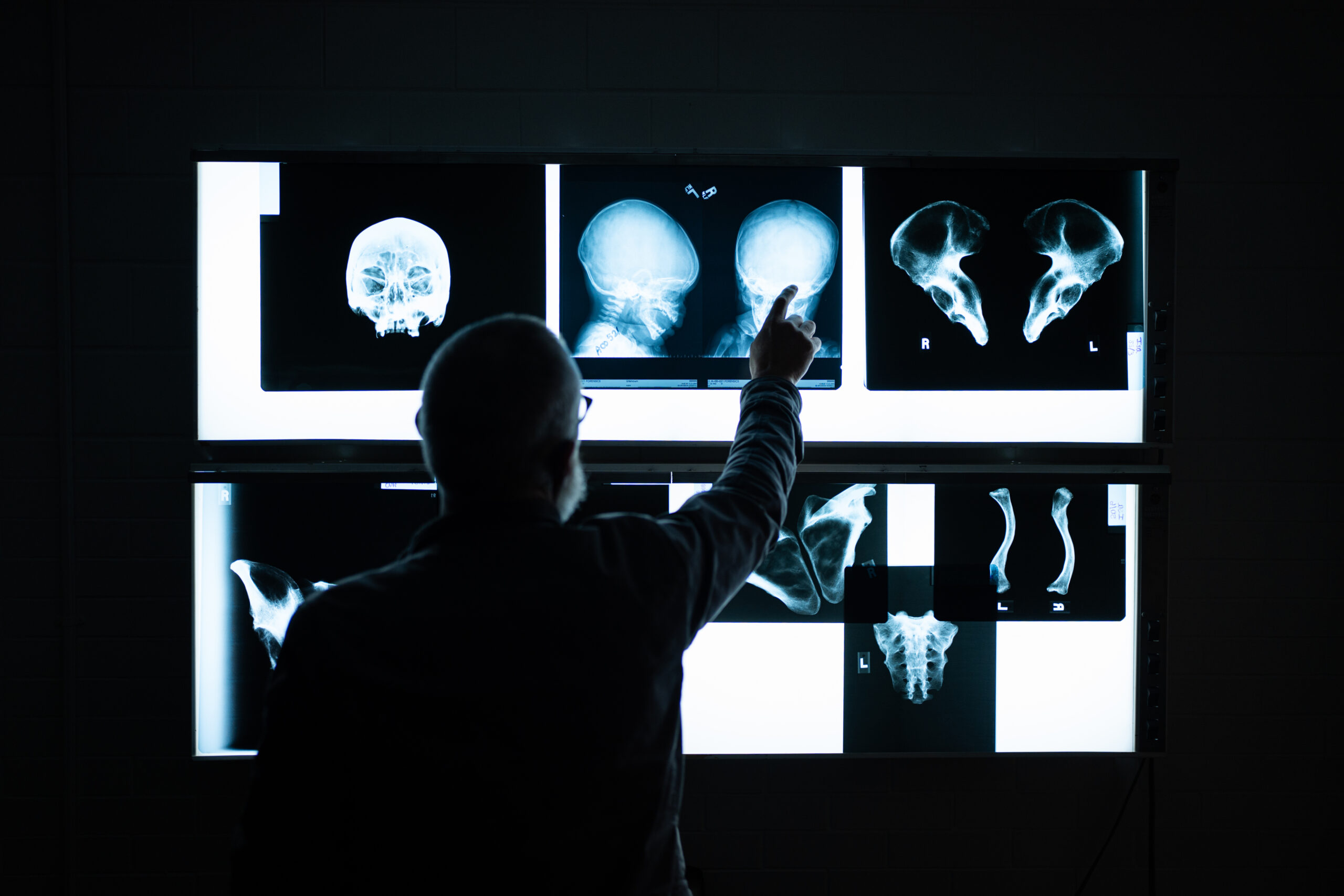
MSU to create first-of-its-kind database for analyzing human remains
When a medical examiner needs help identifying a deceased person and determining how that person died, they turn to forensic anthropologists. To aid in the identification of unknown human remains, forensic anthropologists are often called upon to create a biological profile, or an estimation of the unknown individual’s age, biological sex, social race (or ancestry) […]
-
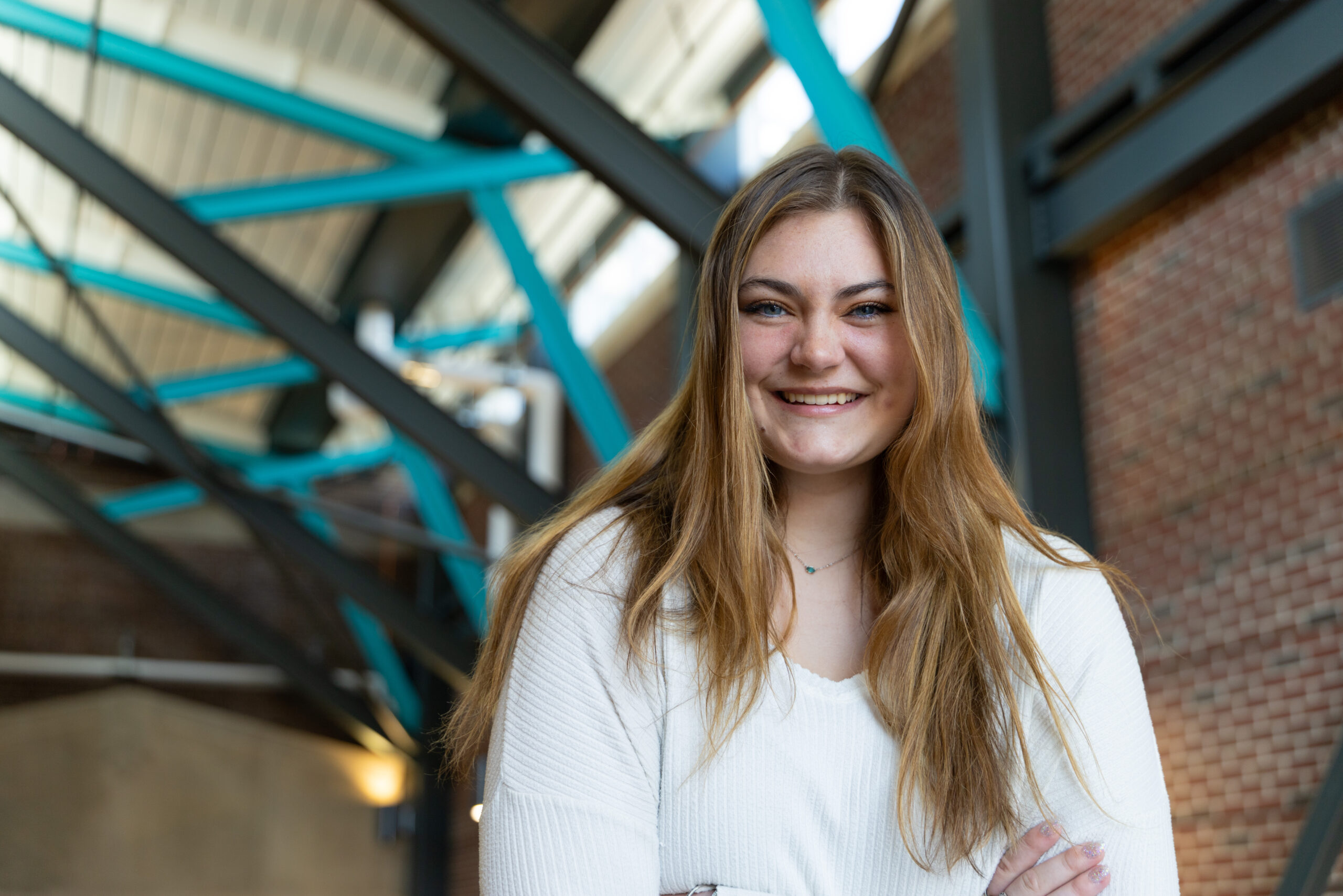
Anthropology student wins Outstanding Student Award for Undergraduate Research
Melissa Teja, a junior majoring in anthropology, started her journey at Michigan State University (MSU) seeking a communications degree. But after taking Introduction to Archaeology and participating in a study abroad field school in Belize her freshmen year, something changed her mind. “I cannot think of a month that went better for me, where I […]
-
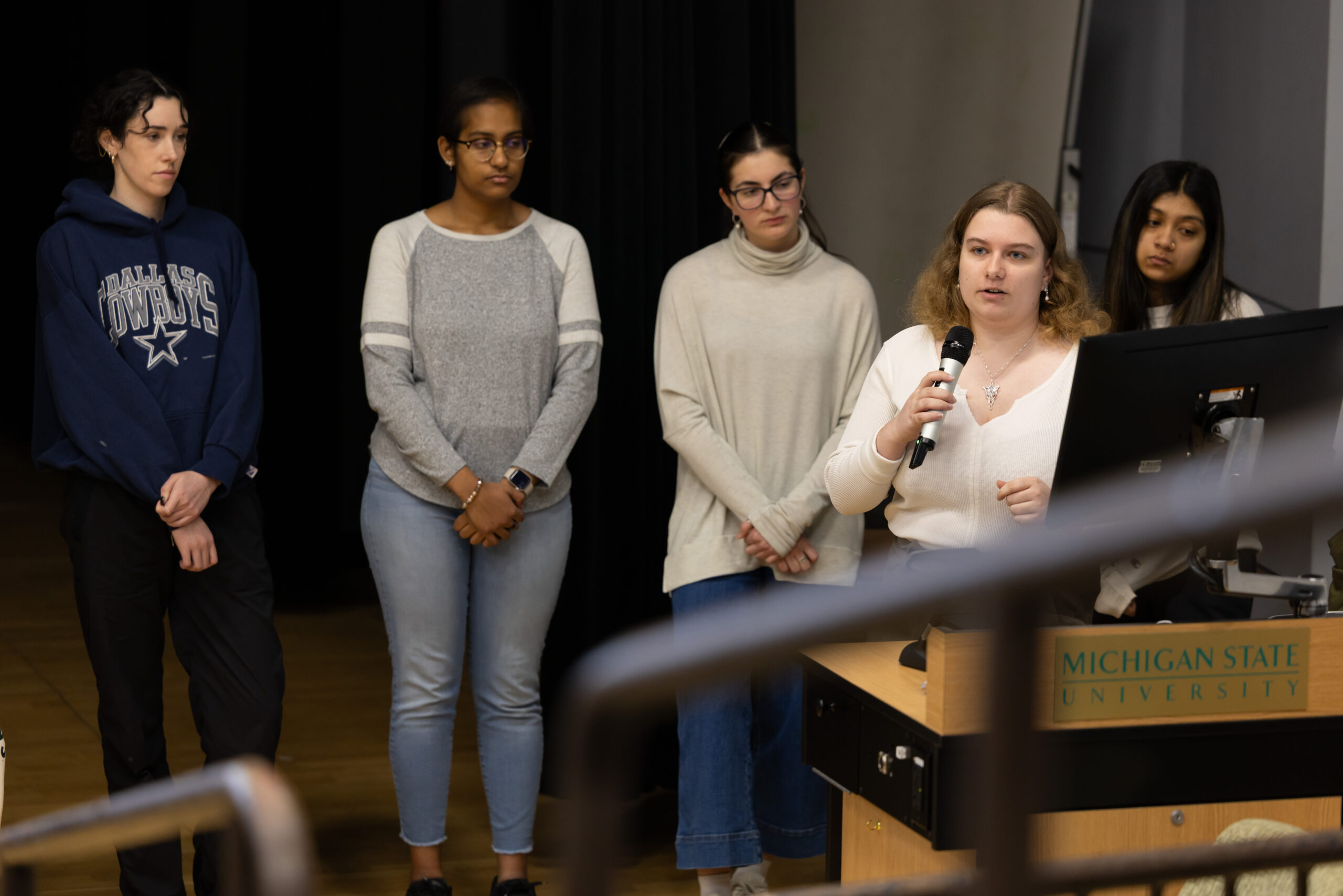
Spartan Spotlight: Claire Siegert
Last week, we had the opportunity to visit Dr. Monir Moniruzzaman’s Medical Anthropology class during student presentations. Claire Siegert, a sophomore anthropology student, and her group presented on a case study discussing global health issues and programs. Discover her story and learn how this class broadened her perspectives. What interested you about obtaining a degree […]